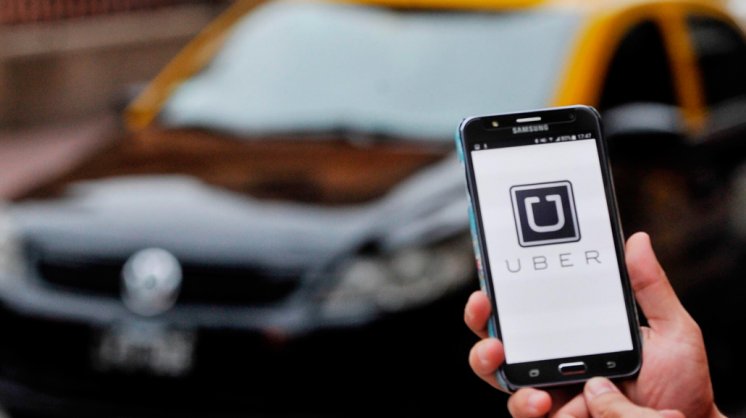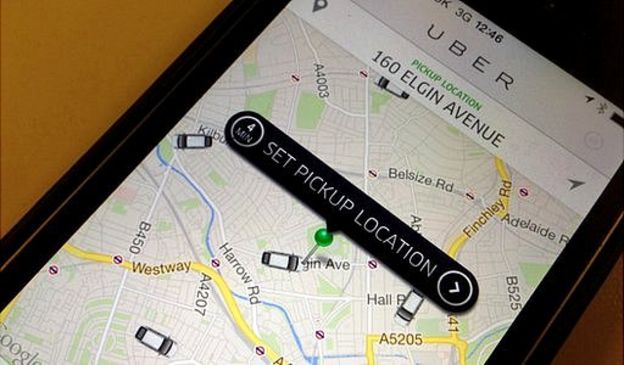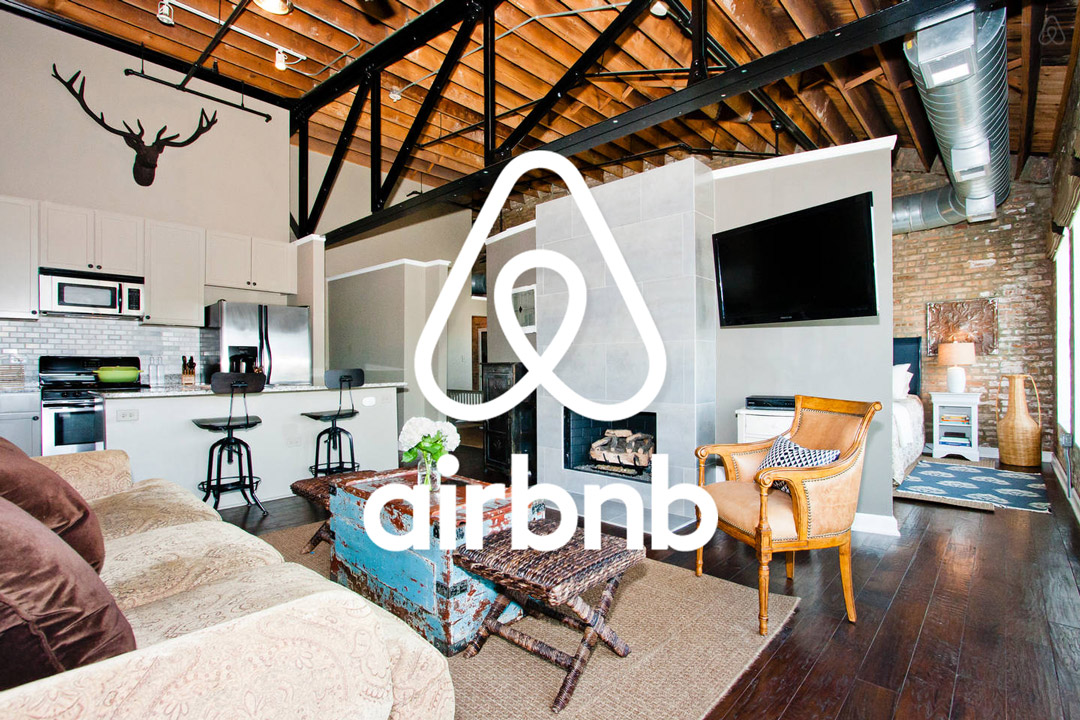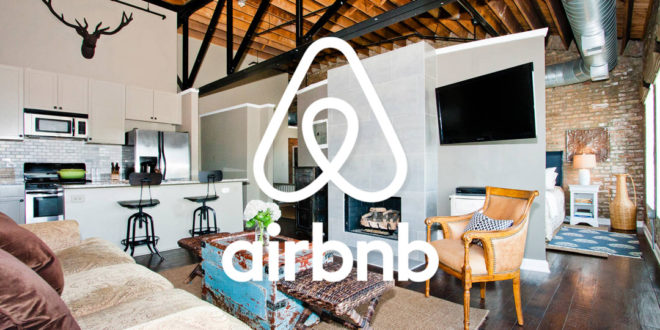With new waves of technology, these days very few established businesses are safe. Disruptors are taking over the traditional marketplace and are out there in the droves.
“Disruptor”.
This term was created in 1995 to describe an innovative business which blows an established trading model out of the water.
Uber is one of the new breeds of companies known as a “disrupter”. It is a business that is so innovative that it seriously threatens the viability of an established industry, the traditional taxi service.
 For those that don’t know, Uber is like a taxi service, but it differs from traditional taxi companies in a number of ways. Most significantly, and strictly speaking, it is not a taxi company – it is more like a broker that brings together those that want a ride with those that want to provide a ride. Like Trademe, it creates a marketplace for buyers and sellers to exchange goods.
For those that don’t know, Uber is like a taxi service, but it differs from traditional taxi companies in a number of ways. Most significantly, and strictly speaking, it is not a taxi company – it is more like a broker that brings together those that want a ride with those that want to provide a ride. Like Trademe, it creates a marketplace for buyers and sellers to exchange goods.
In effect what it has done is tap into the huge pool of car owners who want to make some secondary income on the side – or who want to earn a primary income with total flexibility as to when and where they work. Basically, they register with Uber as a driver and receive 75% of the fare. Uber keeps the balance. By mobilising this casual workforce of independent contractors Uber is not restricted by all of the hassles, regulations, and costs, of hiring drivers. That gives them a significant advantage when it comes to pricing, but more on that later.
Uber is also unique in the way it has used technology to enhance service. It really is quite remarkable in its simplicity. Once you have downloaded the APP onto your phone or tablet, all you need to do is enter “Where to?” and it will show you the available Uber cabs and how long it will be to pick up. You then choose the one you want.
At the end of the ride, you don’t even have the hassle of making a payment. Your credit card details are preloaded and will be automatically charged. At the end of the ride, all you need to do is say goodbye – so simple!
The other game-changing aspect is that at the end of a ride a passenger is asked to rate their experience. This is like providing feedback on Trademe. This instant feedback is such a strong motivator for drivers that they are falling over themselves to be nice to their passengers! We recently had some uber rides in Australia and the drivers were like tour guides. Making a positive impression was clearly important to them because their feedback rating (out of 5 stars) and passenger comments are visible for all to see when selecting a ride. Bad rating, no passengers – it’s a simple equation. That is just so different from traditional businesses where there is no direct feedback loop and no extra incentive to be super nice. The result is clean cars and pleasant and helpful drivers. Add to that a better price, and it’s not hard to see why uber has disrupted the taxi industry.
 On that trip we did a ‘living off the smell of an oily rag’ experiment to see if using Uber did save money, and more importantly how much. We had a party of six people to travel about 14km. One group of three ordered an Uber cab and the other, a convention taxi. Both cabs were ordered at exactly the same time. The Uber cab arrived within 3 minutes and the trip cost $21. The other car arrived 10 minutes later and cost $37. To see if this was a one-off, we replicated the test for the return trip. Again the Uber arrived first and was about 35% cheaper. This was in Australia and not New Zealand so pricing may be different here, but we are told an Uber ride is cheaper here also. Unfortuntly in some parts of the country, Uber is not available yet.
On that trip we did a ‘living off the smell of an oily rag’ experiment to see if using Uber did save money, and more importantly how much. We had a party of six people to travel about 14km. One group of three ordered an Uber cab and the other, a convention taxi. Both cabs were ordered at exactly the same time. The Uber cab arrived within 3 minutes and the trip cost $21. The other car arrived 10 minutes later and cost $37. To see if this was a one-off, we replicated the test for the return trip. Again the Uber arrived first and was about 35% cheaper. This was in Australia and not New Zealand so pricing may be different here, but we are told an Uber ride is cheaper here also. Unfortuntly in some parts of the country, Uber is not available yet.
It’s not hard to see why the taxi industry is not happy about Uber, and one can see their point because they say it’s not a level playing field. The reality is Uber has lots of casual workers who are prepared to work for very low pay rates (when calculated on an hourly basis), while the taxi companies have to hire people at minimum pay rates or more and abide by a multitude of other costly regulations.
 AirB&B is another disruptor, quite similar to Uber in the way it does business. In their case, they are disrupting the accommodation industry. People with rooms to spare are connecting with travellers via AirB&B, and creating an alternative to motels and hotels. We would be interested to hear from readers if booking an AirB&B has saved them money.
AirB&B is another disruptor, quite similar to Uber in the way it does business. In their case, they are disrupting the accommodation industry. People with rooms to spare are connecting with travellers via AirB&B, and creating an alternative to motels and hotels. We would be interested to hear from readers if booking an AirB&B has saved them money.
For frugal individuals, these disruptors are providing both money making and money saving opportunities. It looks like this may well become the dominant business model in the future.
By Frank and Dr Muriel Newman. Read more Oily Rag articles here.
You can contact the Oily Rag community via the website at oilyrag.co.nz or by writing to Living off the Smell of an Oily Rag, PO Box 984, Whangarei.









Join the Discussion
Type out your comment here:
You must be logged in to post a comment.